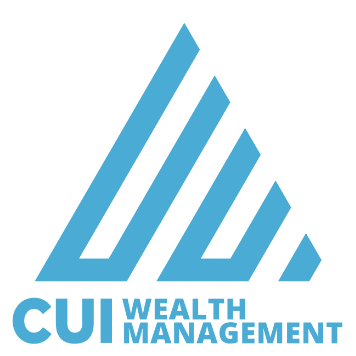Don't Let 401(k) Plan Fees Silently Erode Participant Savings
Eroding Retirement Savings
Have you ever had to get your car repaired? Who hasn't? The worst part about getting a car repair done is sitting in the waiting room waiting to hear the verdict. You think, "How much dough do I have to pay for my window to roll up normally again?" What makes these conversations painful is that you'll probably have to pay for that repair right now, or else you'll be subject to nature's air conditioning in January. Retirement plan fees can be just as painful, if not more. The source of the pain is that most retirement plan fees can be challenging to track down and pinpoint. Costs can silently erode retirement savings potential if you don't pay attention to or do anything about them. If you act as a fiduciary on the retirement plan, you are responsible for prudently regarding plan fees.
As a plan sponsor of your 401(k) plan, the first place to look for plan fees is in the 408(b)2 fee disclosures. Most of the time, these disclosures are somewhat straightforward. Other times, it may seem like you'll need a cryptographer to run around France to find clues from ancient art to understand what's happening- "Davinci Code"... anyone? Sometimes requesting a "Plan Review" document will help you decipher the fees. You may see some standard prices in your 401k plan, though you shouldn't consider this a complete list. Costs can come from participant assets, paid for by the plan sponsor, or a combination.
Administration Fees
These fees pay for things like record-keeping, trustee, and accounting services. This sometimes pays for things like employee education, customer service, and a host of other benefits. It's essential to understand what services you're paying for. We've seen our fair share of plans that are way too expensive for the limited services received. Most of the time, the plan might have been competitive when it was started. But since most providers have more competitive pricing as assets in a retirement plan grow, if no repricing has been done in years, you could find yourself paying way too much for what you are getting.
A quick word of caution. Don't get us wrong; a cheap plan doesn't necessarily mean it's good. We have seen our fair share of cheap plans that are, well, cheap. Sometimes Plan Administrators get convinced to move to less expensive record-keeping platforms without evaluating the new provider's services. They find out after the fact that the new platform leaves them with much more on their plate than they are qualified to handle. They didn't realize that their fees were helping them run their plan more effectively. Conversely, many companies pay for services they don't fully utilize.
Advisor fees
Financial advisors can be a great asset to your plan. They can provide participant education, manage investments, advise on remaining compliant, benchmark the plan, and more. One thing advisors don't do is work for free. Look into it if you need clarification on what your advisor is getting paid to do. There are a few ways an advisor can be paid. Most often, advisors are paid based on a percentage of assets. If they are being paid as a commission, it is often through revenue sharing via 12b1 fees embedded in the mutual fund's employees are invested in. Fee-based advisors generally receive payments through an ERISA account or an ERISA bucket.
The answer to advisor fees is not to eliminate your 401(k) advisor. It is, however, about ensuring your 401(k) advisor is accountable for hir or her fees and services. Periodically benchmark your financial advisor's fees to ensure they are in line with what is considered competitive for their services.
Investment Fees
Investment fees can come in all forms. I won't go into all of them in this post. There are various share classes with different fee structures. For example, XYZ fund may cost more in one share class vs another. FINRA has a tool called Fund Analyzer which allows you to compare fund costs in different share classes.
Investment fees are deducted from participant assets directly. These fees are generally deducted quarterly from accounts. Often, participants aren't even aware that these fees are coming out of their accounts.
Service Fees
These are the a la carte fees. These fees are only deducted from participants if they utilize specific services. Some common expenses in this category are costs associated with loans, transfers, and QDRO requests. You generally don't see these fees unless you take a specific action.
Another typical fee that can sneak under the radar is managed account fees. Many recordkeepers offer managed account services where a provider charges the participant an expense from their account to manage their investments for them.
Conclusion
Every provider has an important job. Just because you can't physically see what they are doing in the background doesn't mean their job is less important. Like shopping for a car, knowing if you are getting a good deal is challenging unless you compare products, services, and costs.
There are various costs associated with a 401(k) plan. It is easy to get lost in the details or fail to understand fees. Periodically benchmark your 401(k) to ensure competitive costs and services.
CUI Wealth Management can help you assess your 401(k) fees and services and provide a second opinion.


